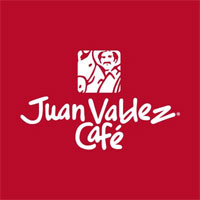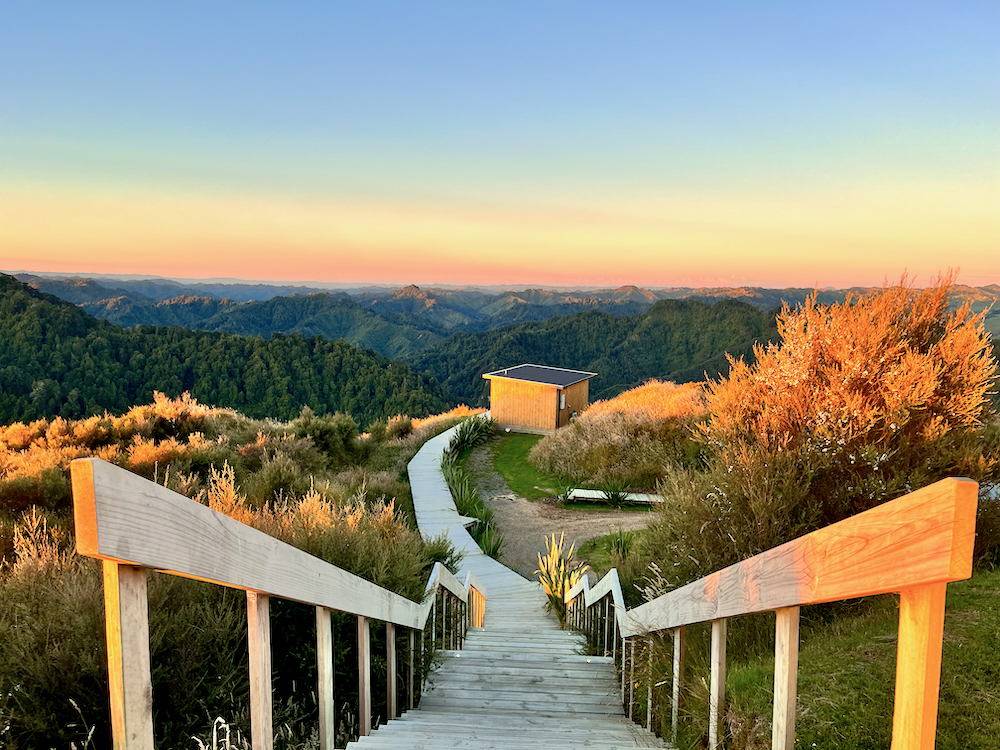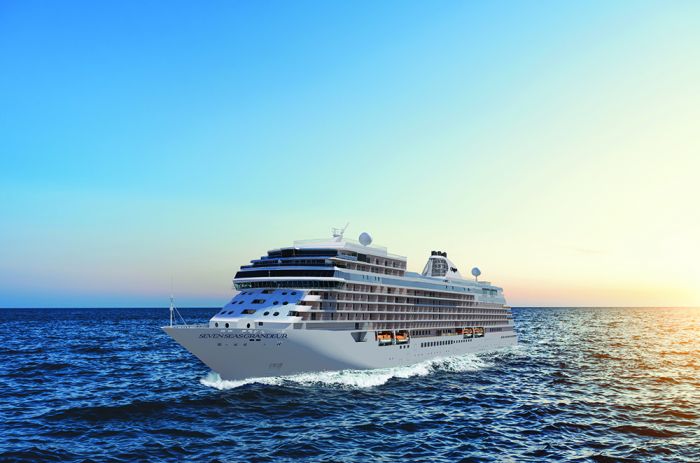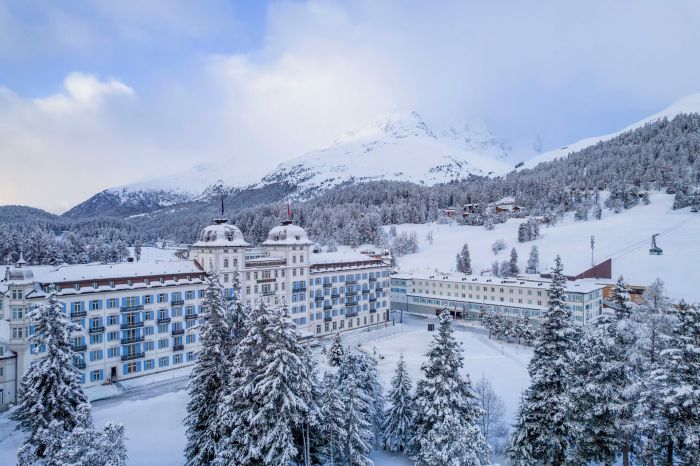Sponsored Content by Juan Valdez
The Kingdom of Coffee: Travel, Food and Adventure in Colombia
Café tinto (known in English as black coffee) is the lifeblood that runs through Colombian veins. Growing coffee isn’t just something that Colombia does—it is a trade that has been passed on through family traditions for generations. As the country’s largest and most famous export, it is a crop that permeates everyday life for locals and foreigners alike. With security increasing in the region, tourists now flock to Colombia in greater numbers to see its biodiversity, sample its cuisine, see its historic landmarks, visit one of over 500,000 local coffee growers. Nicknamed the “Land of El Dorado,” Colombians take the phrase “full belly, happy heart” seriously, and encourage visitors to their country to do the same.
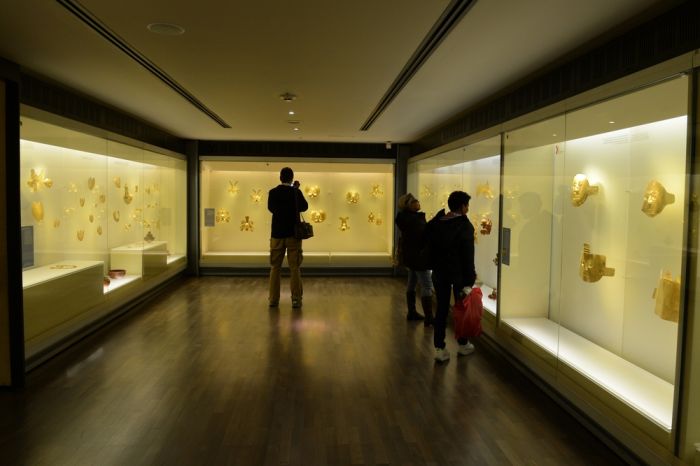
With so much to see and do in Colombia, it’s no wonder that it is one of the most visited countries in South America. In fact, a Gallup poll conducted in 2012 found that Colombia was one of the happiest countries in the world, with the city of Baranquilla leading the pack. Often called “The Door to the Americas,” the country boasts a swath of exquisite beaches and rainforests in addition to an immaculate stretch of the Andes. Due to the country’s diversity of regions, visitors have ample opportunities to sample a variety of activities. For a cosmopolitan journey, head to Bogota to visit the Museum of Gold, which houses the world’s largest collection of gold and metal alloy works; the exhibits now total over 55,000 pieces, with about 6,000 on display at any given time. While sightseeing, be sure to stop for ice cream in one of the many outdoor parks and gardens that can be found throughout the city.

While the city can be appealing, no trip to Colombia is complete without an excursion in the countryside. Adrenaline junkies should make the trek to the Azufral and Galeras Volcanos, whose volcanic soil is responsible for the country’s Arabica-growing reputation. For those seeking to spot some exotic wildlife, this country is one of the best places to see sea turtles, pink dolphins, wild parrots, and many other rare creatures. In fact, Colombia is home to over 54,000 different species of plants and animals, including over 4,000 distinct species of orchids. With the strength of the dollar increasing, Colombia has seen a rise in tourism (particularly among American visitors), with a 12.2% increase in 2015, estimates Colombia Reports. When visiting the different regions, don’t miss out on the opportunity to see a UNESCO World Heritage Site firsthand. Located on the Caribbean coast, Cartagena de Indias has gained worldwide acclaim due to its well-preserved and historic fortress, surrounded by elegant, colonial streets that harken back to a bygone era in the country’s history.

They say that you can learn almost everything you need to know about a culture through its cuisine. The same can be said for Colombian food, which is anchored by hearty staples such as rice, beans, and plantains. Though there are over 19 distinct culinary regions of Colombia, it is often easier for foreigners to recognize foods by their influences. For example, the regions closest to the Andes Mountains facilitate local diets that tend to be dominated by rich meat and fish dishes. Closer to the Caribbean coast, however, meals are more similar to the cuisine found in Colombia’s coastal cousins, Nicaragua and Panama. Though the food in each region may differ, there is one thing that every Colombian diet has in common: coffee. In Colombian cities, such as Medellin and Bogota, droves of women wander the streets in the mornings hawking cups of café tinto to morning commuters on their way to work. Many locals pair their morning brew with a national go-to snack, known as arepas. Though the filling in arepas vary based on the region, the dish is typically composed of a ground-corn based cake, filled with cheese, eggs, meat, or all three. If you’re looking for a hearty accompaniment alongside your arepas, try a caldo de Costilla. This beef soup is prepared by slow-cooking beef ribs with a variety of vegetables, garlic, and cilantro, and is well-known for its ability to cure a slew of ailments.
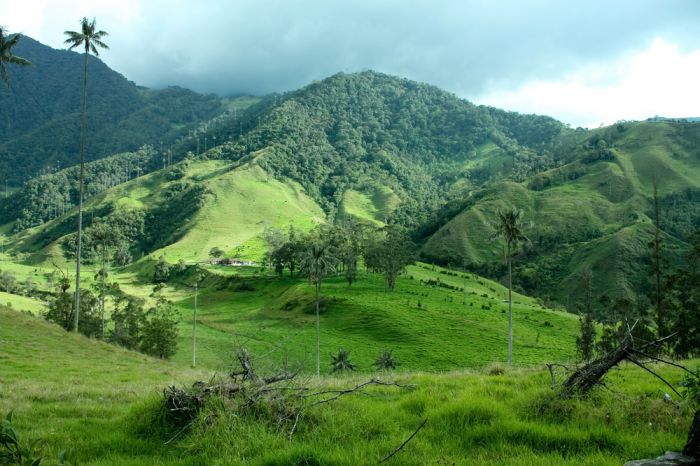
Despite being roughly the same size as Alaska, Colombia is home to the second most ecologically diverse region on the planet, second only to Costa Rica. In terms of climate, the country is split into five regions—the Andina, the Caribe, the Pacifico, the Orinoquia and the Amazonas. The Orinoco basin is the heart of the country’s biodiversity, with approximately 80 percent of its total area being covered in ecosystems that include the Andes Mountains, Llanos plains, and the banks of the Orinoco River. Though the country as a whole straddles the equator, don't be fooled; the climate differs wildly depending where you find yourself. In Medellin or Bogota, which are located in the tropical highlands, the climate is significantly cooler than on the coast near Cartagena. This unique melting pot of ecosystems, climates and soils is what helps to make Colombia one of the best regions in the world for growing Arabica beans. Coffee has become a point of pride in Colombia thanks in large part to the non-profit National Federation of Coffee Growers of Colombia (FNC). As the representative of all coffee growers within the country, the Federation has sought to implement strong policies that protected small coffee growers from fluctuating international markets. Over the course of the 88 years that the FNC has been in operation, the organization has focused on maintaining quality control over the beans coming out of the country while providing a backbone for inequality legislature and land rights.
With a full belly, happy heart, and wide eyes, you have experienced much of what Colombia has to offer its visitors. If you find yourself searching for a gift to bring home for friends and families, skip the knick knacks and visit a coffee plantation to sample some fresh, locally-grown beans. Organized tours from Medellin and Bogota can take you into the center of coffee-growing, giving you a unique look at the process that is close to the heart of Colombian culture.








